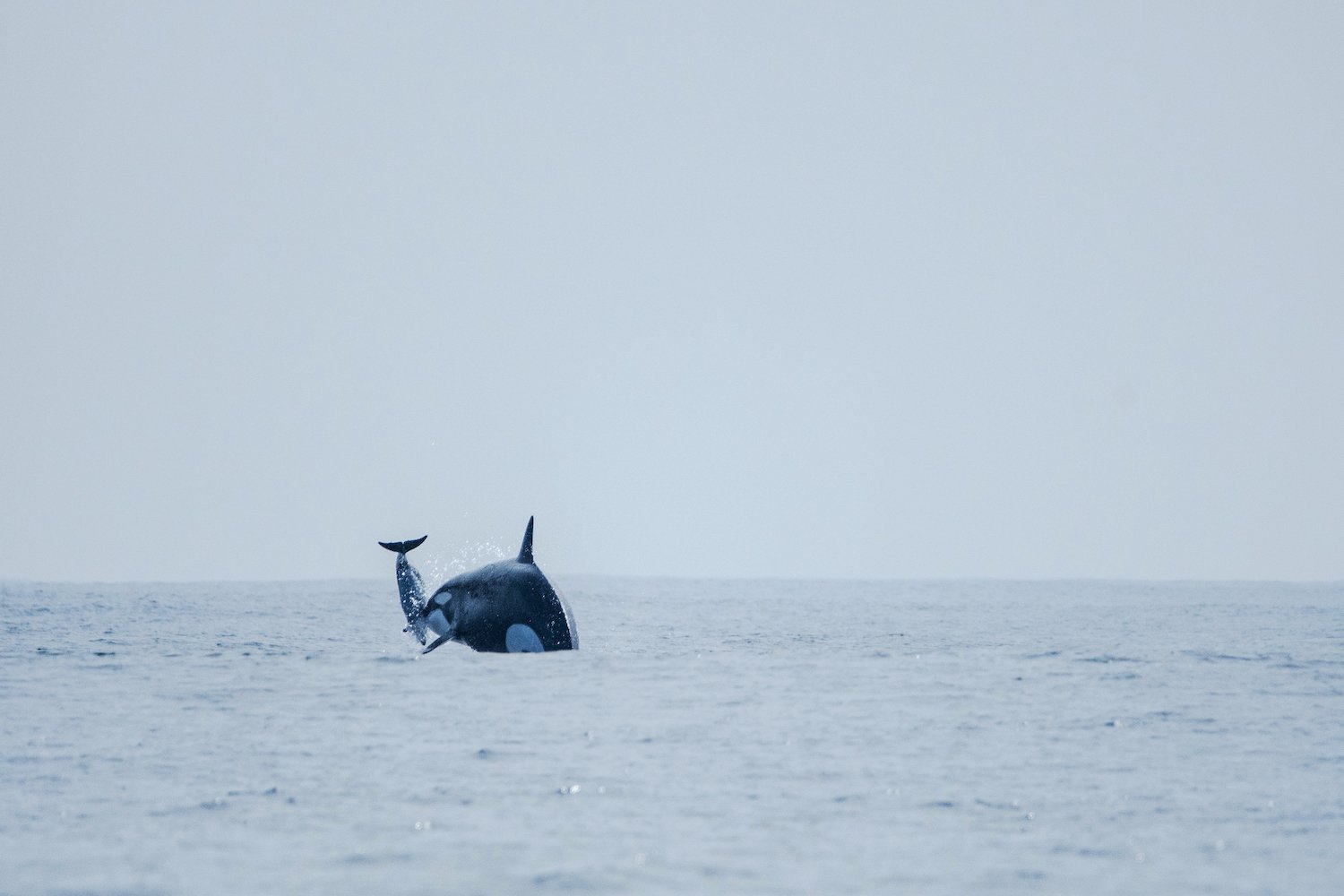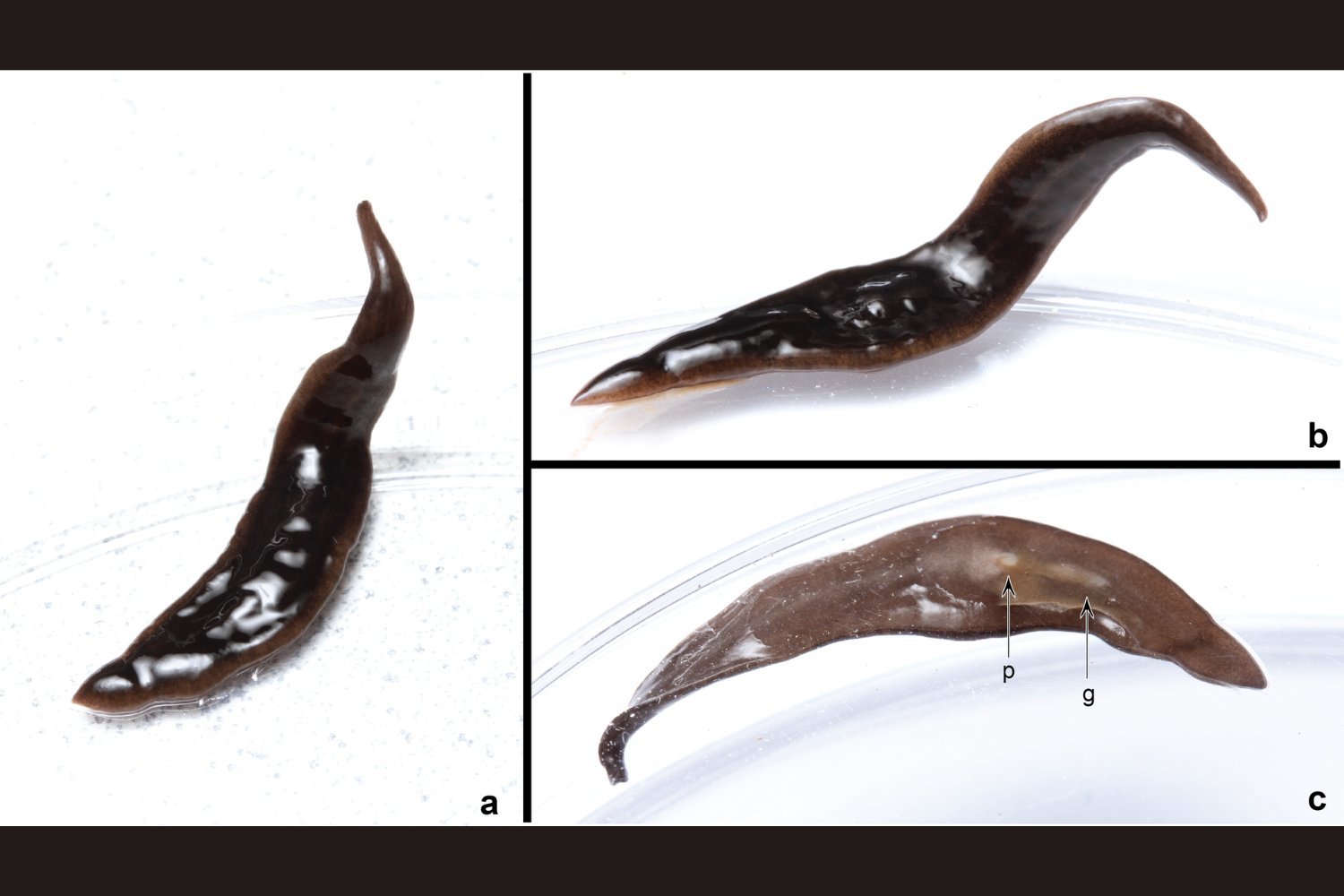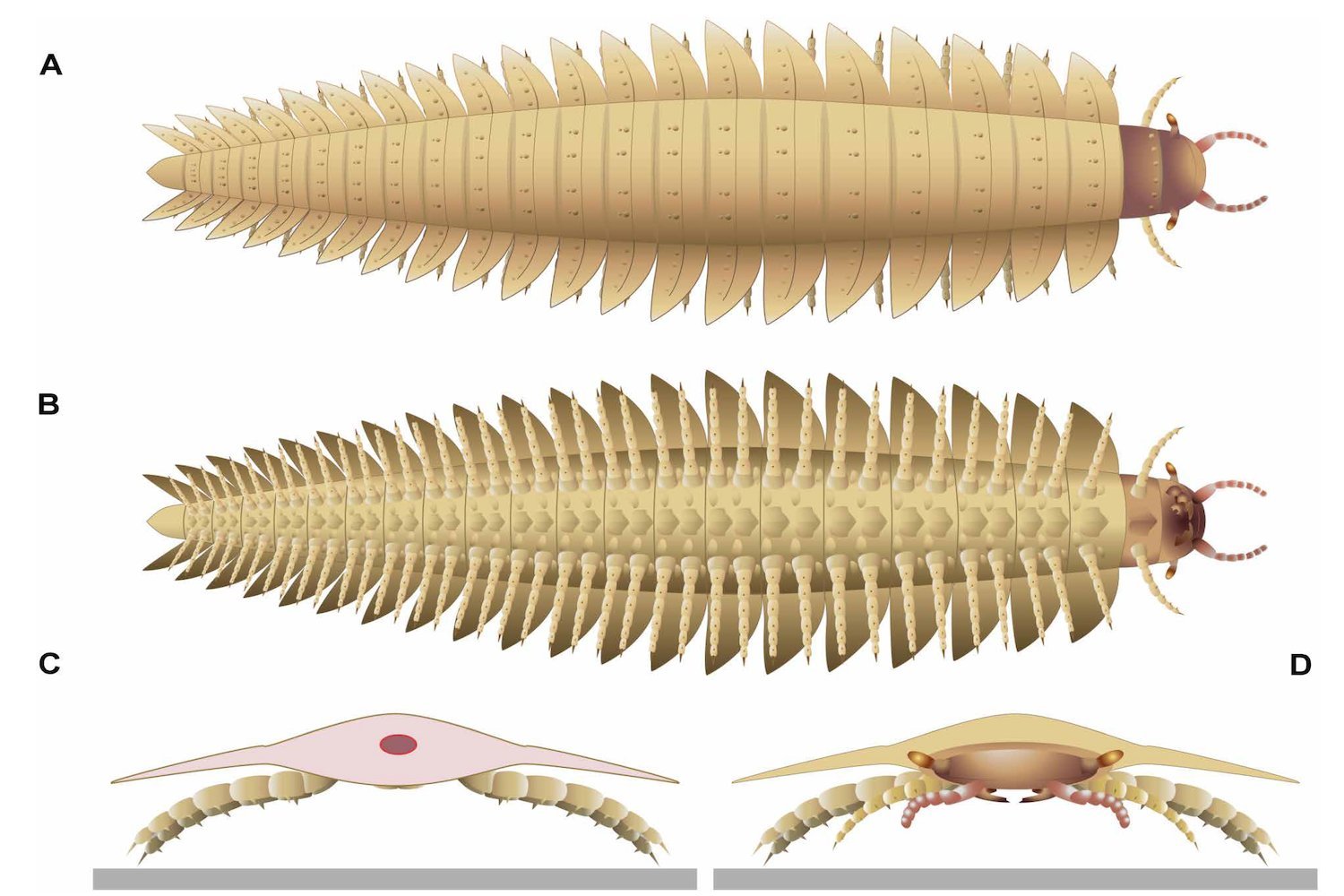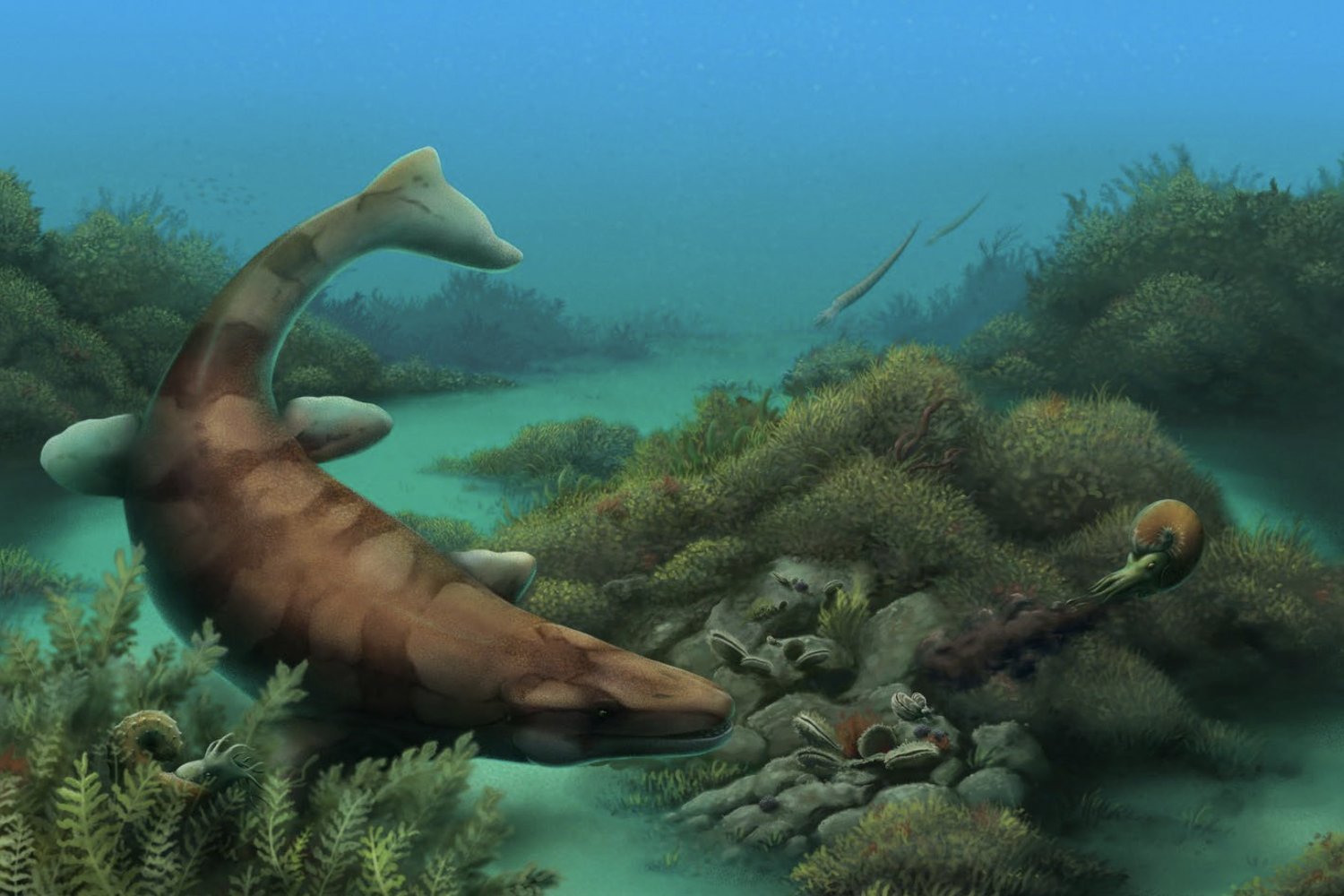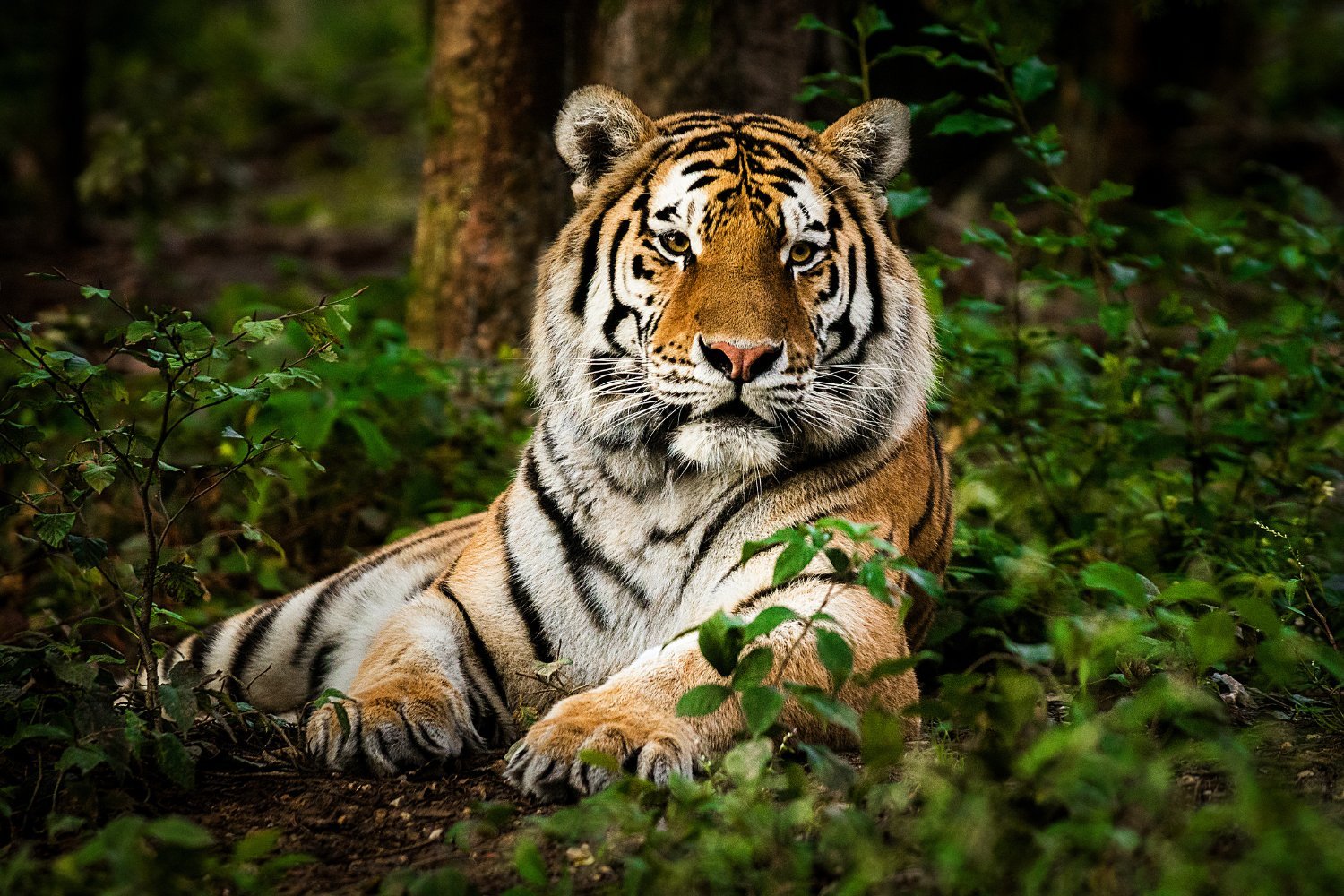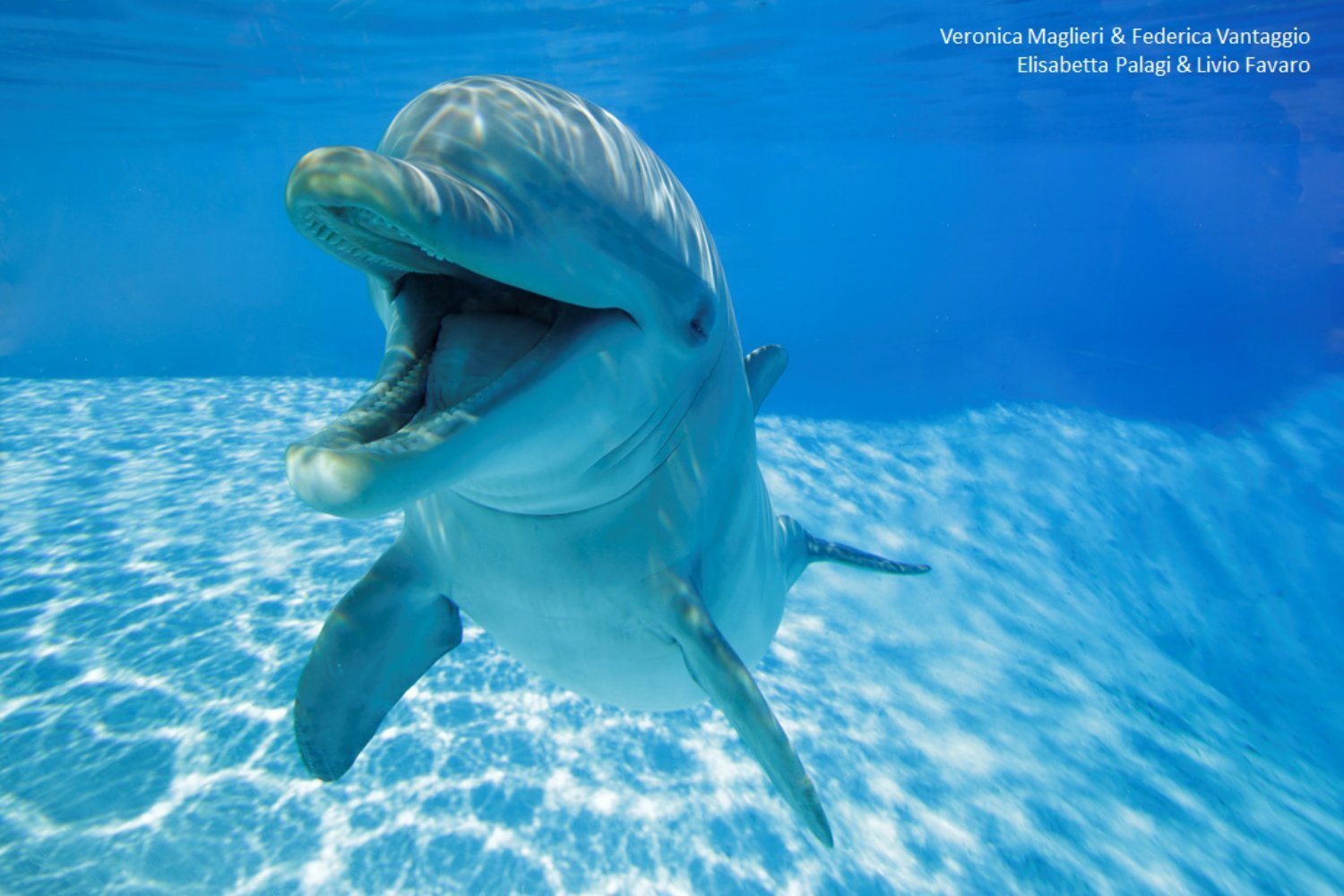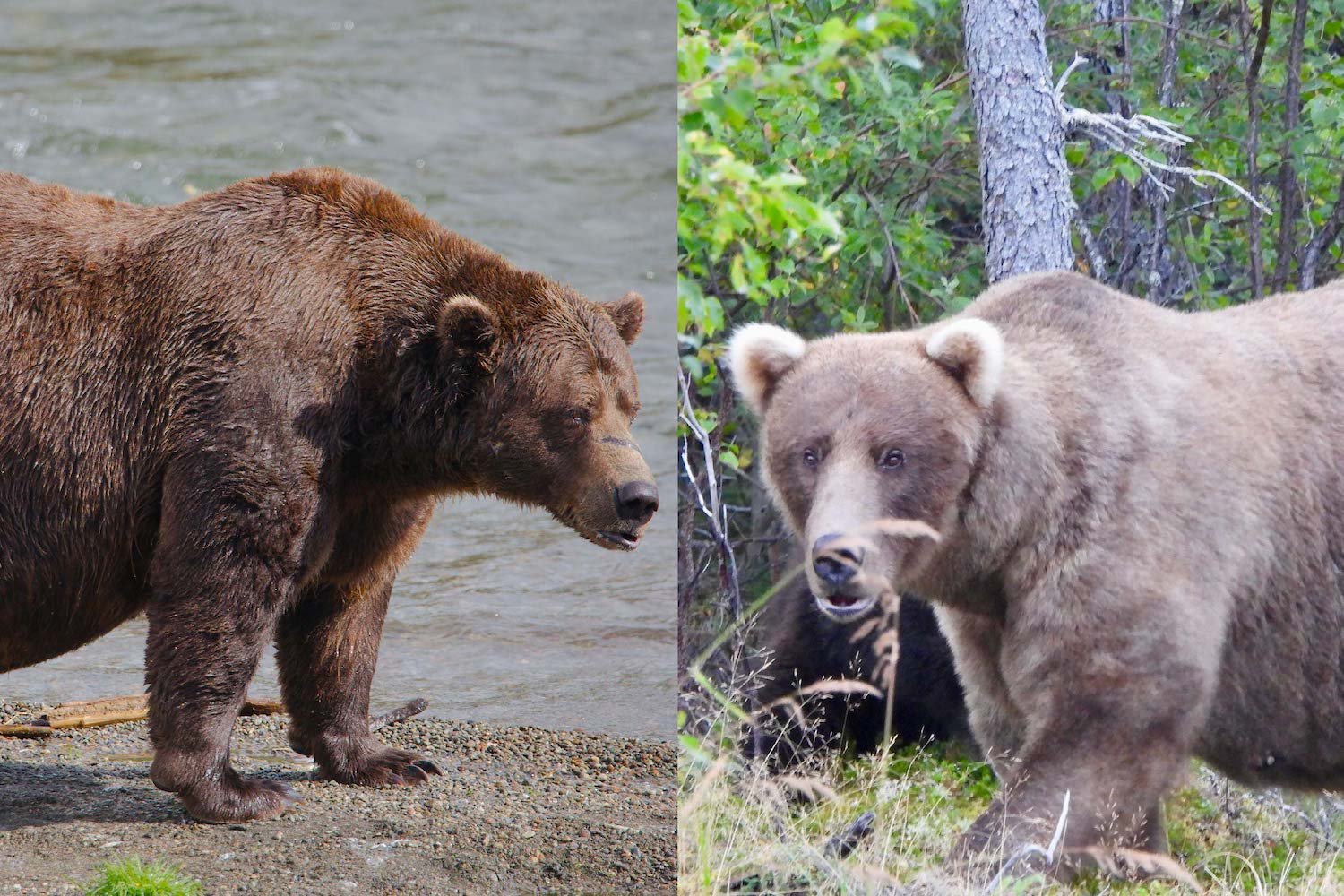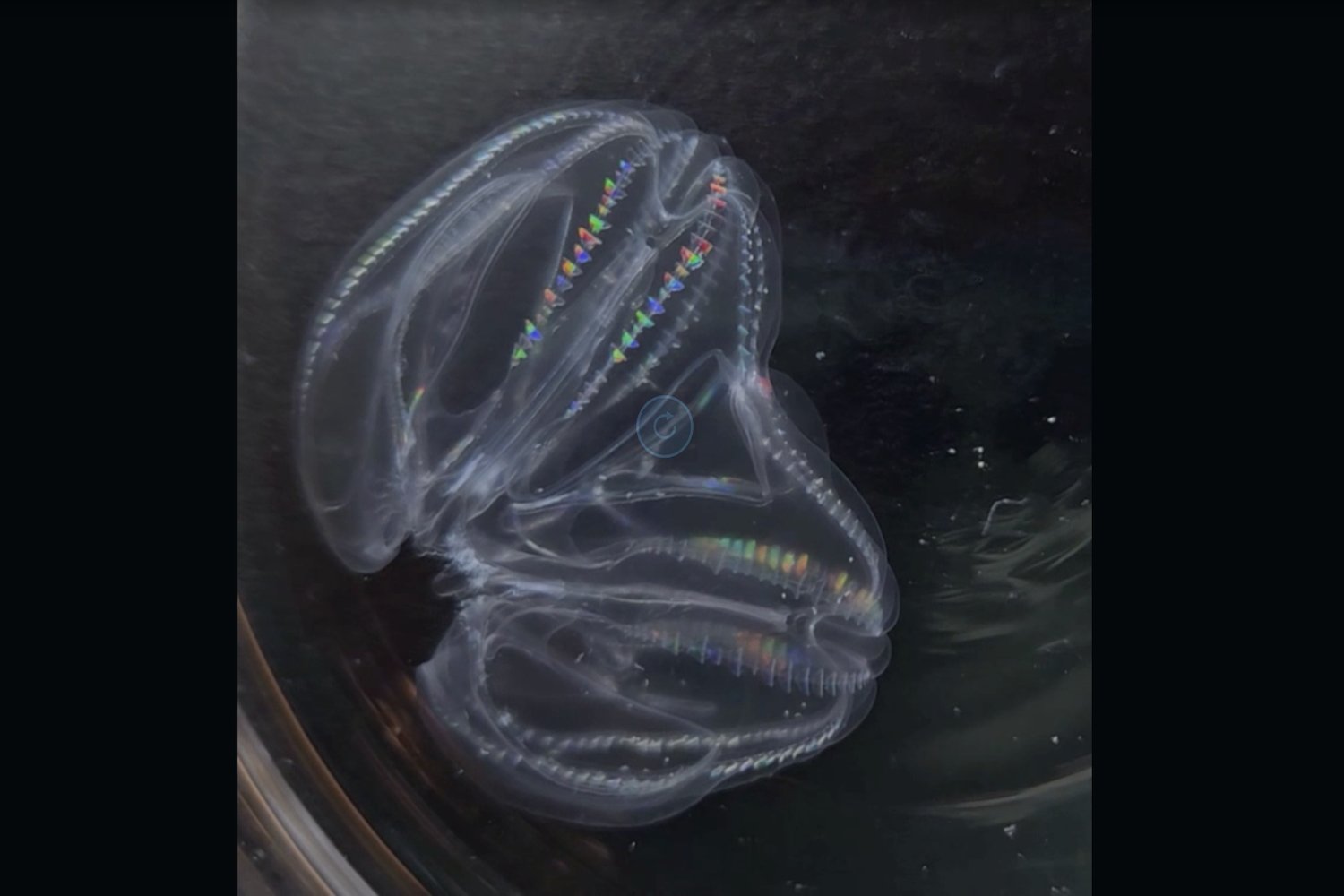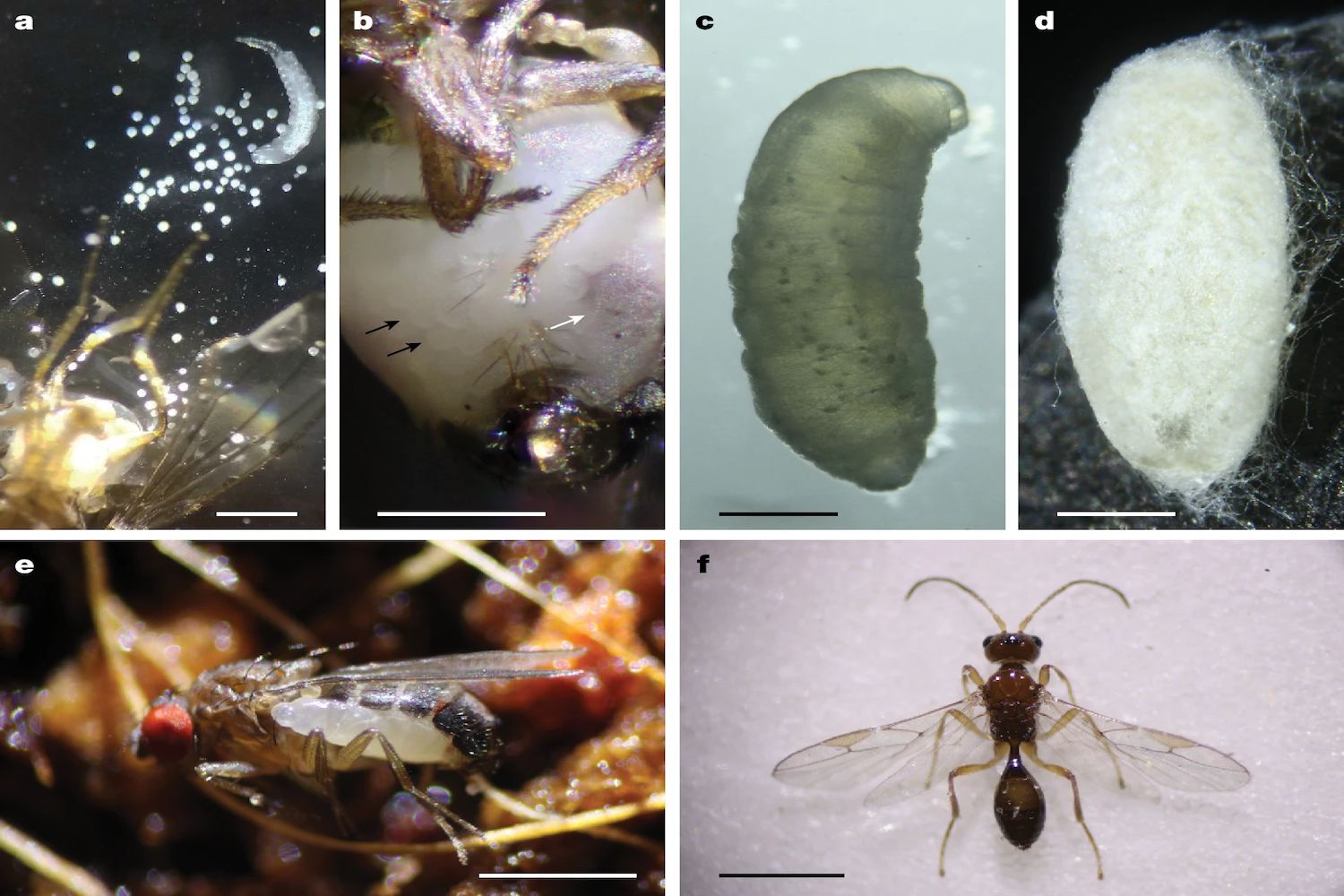Orcas, instantly recognizable by their striking black and white markings, are found across the globe, inhabiting diverse environments. These varied locations have led to distinct populations with unique diets, communication patterns, behaviors, and even genetic differences. One such population, residing in the waters off Chile, exhibits fascinating cooperative hunting and food-sharing behaviors.
These Chilean orcas have a particular taste for dusky dolphins (Lagenorhynchus obscurus). Previous research had documented them pursuing these dolphins, but new research reveals a deeper understanding of their hunting techniques and social dynamics. A team of marine biologists from Chilean universities conducted an extensive study in Mejillones Bay, northern Chile, throughout 2022 and 2023. Employing boats, drones, and the assistance of local fishing and whale-watching operators, the researchers meticulously documented orca sightings and behaviors.
The study, published in Frontiers in Marine Science, documented 28 orca sightings, with groups ranging from a single individual to as many as six, including adult males and females, juveniles, and calves. The researchers observed successful hunts of dusky dolphins, witnessing a female orca toss a dolphin into the air before killing it. The subsequent sharing of the prey among the pod members provided further evidence of their cooperative social structure.
Orca Ecotypes and the Chilean Classification
While cooperative hunting and food sharing are observed in some orca populations, these behaviors aren’t universal. Orcas are often categorized into ecotypes based on various characteristics including pod size, eye patch patterns, tooth sharpness, and dietary preferences. The Chilean orcas, with their preference for dolphins and relatively small pod sizes, are thought to align with Type A, or Antarctic orcas, according to the research team. Genetic analysis would provide more definitive classification, but the elusive nature of these intelligent animals makes obtaining skin biopsy samples challenging.
Conservation and Future Research
The diverse nature of orca populations complicates efforts to determine their conservation status. While all ecotypes are protected in the United States under the Marine Mammal Protection Act, precise population numbers remain elusive. Estimates from 2006 suggest a global population of around 50,000. Continued research into orca habits and behaviors is crucial for developing effective conservation strategies, especially in regions like Chile where these remarkable animals play a vital role in the marine ecosystem. The researchers hope this study contributes to a better understanding of Chilean orcas and informs future conservation efforts.



